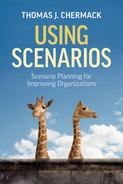6  Generating Strategies
Generating Strategies
Once scenarios have been built, the next objective is to understand what can be done to take advantage of the possible changes in the external environment that they highlight. It does not matter what process or method was used to develop the scenarios. When scenarios are used to create a path into the future, they can be helpful in exploring new possibilities (Favato & Vecchiato, 2017). In these cases, specific decisions are not usually on the table. The goal is to identify different ways of thinking and potential options that were not seen prior to building scenarios. One way to go about this is to use scenarios to identify generic, high-level strategies for each scenario. A second is to consider the opportunities and threats that each scenario presents. Yet another way is to consider how to adapt to each of the scenarios, how to mitigate their potential negative effects, and how to thrive in the context of what each future might bring. The challenge is to find strategies that can succeed in a variety of conditions.
This chapter describes three ways of using scenarios to generate strategies: (1) generic strategies, (2) opportunities and threats, and (3) adapting, mitigating, and thriving. These three activities are useful in preparing decision makers for possible courses of action as well as when they might take them. The exercises described in this chapter are relatively simple, and they are often used to initiate a strategic conversation (Ramirez & Wilkinson, 2016; van der Heijden, 2011). These exercises are most relevant when the scenarios are intended to make sense of the external environment. This chapter is a good starting point for those who have developed scenarios and simply want to use them to think about the future and consider how scenarios may change their understanding of what is possible—they connect to a purpose of exploration and learning rather than decision making.
The specific assumption underneath these exercises is that decision makers have not yet defined a set of decisions and options (Wright & Goodwin, 1999). They want to use the scenarios to explore the future and think about what could change. The purpose is to use the insights gained from the scenario building work to consider new ideas and possible strategies. These exercises can be applied in sequence, or any combination or single approach can be used as is relevant to the situation.
Generic Strategies
The simplest approach to using scenarios is to think about what generic strategies might be available under the conditions of each scenario. The basic question is, What would we do now if we knew this scenario was going to come true? The question is repeated for each scenario. It doesn’t matter if you have two, three, or four or more scenarios. Scenario participants are asked to consider the question, and using scenarios has begun (Asher & Lascarides, 2013; van der Heijden, 2005). The point is not to be overly detailed in this activity; there are more detailed approaches to using scenarios in later chapters. Instead, it is to start engaging with what the scenarios might mean for the organization at a very high level. This is more like a brainstorming activity, though it is within the boundaries of each scenario.

Figure 6.1. Scenarios and Generic Strategies Template

Figure 6.2. Modified Scenarios and Generic Strategies Template
The approach can be applied directly in the 2 × 2 scenario matrix (if one is used in the scenario building process) or in any other scenario structure (see figure 6.1).
If the scenario building process does not use the 2 × 2 matrix approach, the template can be modified as in figure 6.2.
Example: Fish and Wildlife Agency
A scenario planning project with Fish and Wildlife Agency focused on how the agency could manage the changing public views of wildlife and the related implications. Across the United States, sales of hunting and fishing licenses—a significant source of revenue for the agency—are declining. Scenario planning was used to understand how the future environment for Fish and Wildlife Agency could change. Four scenarios were built, and participants were asked to read scenario 1 and comment on generic strategies for the agency in that scenario. The process was repeated for the other three scenarios. Figure 6.3 provides an example of the generic strategies exercise for Fish and Wildlife Agency.
The outcome of this scenario exercise was to provide Fish and Wildlife Agency with general strategies that map to each scenario and to determine whether there were high-level strategies that were helpful across the set of scenarios. What follows is a description of exactly how the generic strategies workshop was facilitated, with the intent to provide enough detail that you could apply this yourself.
Workshop Format and Guidelines: Generic Strategies
Time: 2 hours.
Participants: 5–15.
Assumptions: You have a set of scenarios.
Workshop Format: The purpose of this workshop is to create high-level potential generic strategies for each scenario.
Instructions:
• Participants read scenario 1 and individually consider the question, What would we do now if we knew this scenario was going to come true?
• The facilitator notes the generic strategies from each participant on a white board, projected computer screen, online platform, or other.
• Participants talk about the generic strategies and debate them.
• Repeat this process for each scenario.
• When generic strategies have been generated for all scenarios, consolidate the duplications.
• Focus on developing strategies for each scenario and finding the common generic strategies across all scenarios.


Figure 6.3. Generic Strategies for Fish and Wildlife Agency
Products
• Generic strategies identified for each scenario
• Generic strategies identified across the set of scenarios
Opportunities and Threats
Another easy way to use scenarios to think about strategies is for the team to consider the opportunities and threats that each scenario presents. The activity can reveal options that were not previously considered, and lead to more rigorous thinking. The goal is to think about how to take advantage of the opportunities and how to prepare for (or avoid) the threats.
The starting point of this activity is to be aware that each scenario will present unique potential opportunities and threats. The scenario team should have the necessary expertise to identify and describe them, along with strategies that either take advantage of opportunities or compensate for threats. The template in figure 6.4 provides a structure for organizing this exercise.
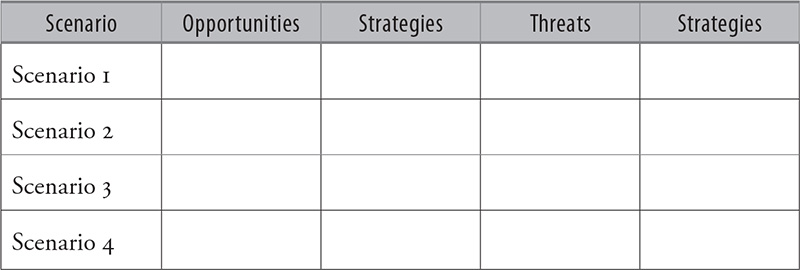
Figure 6.4. Scenario Opportunities and Threats Template
Example: Healthcare Company
A scenario project with Healthcare Company in the United States focused on the changing nature, demographics, disease, and other uncertainties that could dramatically affect the industry and the business portfolio. Scenarios were built that aimed to stretch the thinking of leadership in terms of dramatic shifts that could pose significant opportunities and threats in the emerging external environment. Once the scenarios were completed, the leadership team was led through the opportunities and threats workshop; the results are shown in figure 6.5.
The outcome of this scenario work was intended to identify and describe the major opportunities and threats that each scenario contained and what could be done about them.
Workshop Format and Guidelines: Opportunities and Threats
Time: 3 hours.
Participants: 5–15.
Assumptions: You have a set of scenarios.
Workshop Format: The purpose of this workshop is to identify the major opportunities and threats, along with corresponding potential strategies for each scenario.
Instructions:
• Participants read scenario 1 and individually consider these two questions: What are the major opportunities and threats contained in this scenario? How would we take advantage of the opportunities and minimize or avoid the threats?
• Participants note their responses on the template provided in figure 6.4, and when complete, report their views.
• The facilitator notes the opportunities and threats from each participant on a white board, projected computer screen, online platform, or other.
• The facilitator notes the suggested strategies for taking advantage of the opportunities and minimizing the threats.
• Participants talk about the outputs and debate them.
• Repeat this process for each scenario.
• When the process is complete for all scenarios, consolidate the duplications.
• Find the common strategies for capitalizing on the opportunities and avoiding the threats.
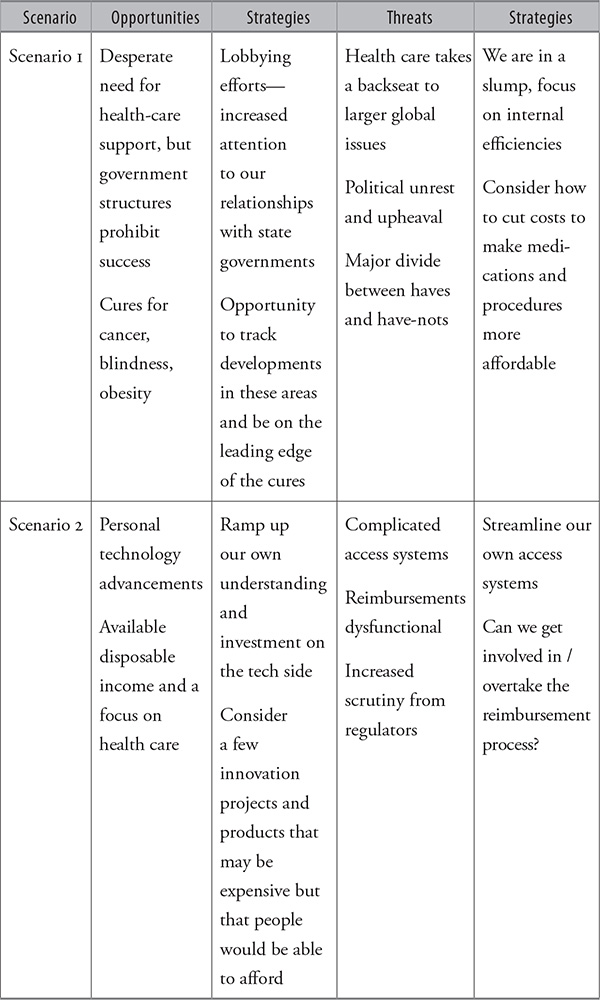
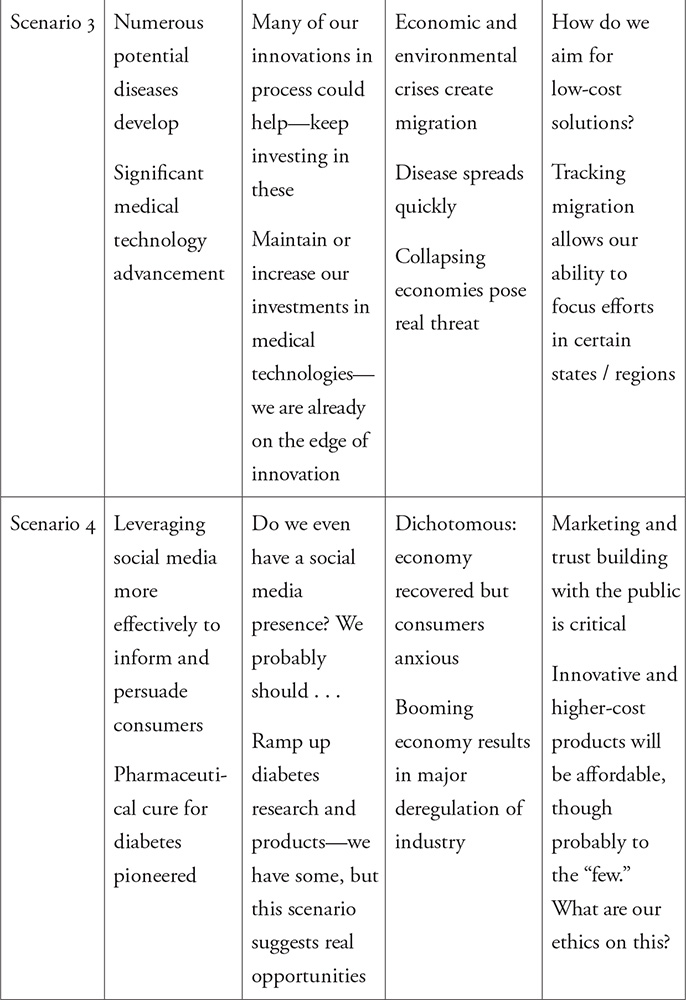
Figure 6.5. Healthcare Company Opportunities and Threats Example
Products:
• Opportunities and threats identified for each scenario
• Strategies for taking advantage of the opportunities and avoiding the threats identified for each scenario
• Opportunities and threats that are common across the scenarios are identified
• Strategies for taking advantage of the opportunities and avoiding the threats across the scenarios are identified
Adapt, Mitigate, and Thrive
This approach follows the same general idea as the opportunities and threats workshop, though the goals are different. This approach has three targets:
1. Identify how the organization could adapt to each scenario (what changes might be needed in organizational structure, supply chain, culture, or products and services)
2. Identify how the organization might be able to mitigate the negative effects of each scenario (what actions could be taken to pivot)
3. Identify what would be required in order for the organization to thrive in each scenario context (see figure 6.6).
Example: Online University
The scenario work with Online University was based on a growing interest in online education at a large western public university in the United States. At the time, online courses and degrees were growing, and the focusing question was just how fast they might continue to grow. Four scenarios were built and participants were asked to describe how to adapt to the scenario, how to mitigate the problems in the scenario, and how to thrive in the scenario. The process was repeated for the remaining three scenarios; the compiled results are provided in figure 6.7.

Figure 6.6. Scenario Adapt, Mitigate, and Thrive Template
Workshop Format and Guidelines: Adapt, Mitigate, and Thrive
Time: 3 hours.
Participants: 5–15.
Assumptions: You have a set of scenarios.
Workshop Format: The purpose of this workshop is to identify potential ways the organization could adapt to each scenario, mitigate the problems in each scenario, and thrive in each scenario.
Instructions:
• Participants read scenario 1 and individually consider the following questions: What would we need to do to adapt to this scenario? What would we need to do to mitigate the problems in this scenario? and What would we need to do to thrive in this scenario?
• Participants fill out their own adapt, mitigate, thrive worksheet.
• The facilitator records responses in each category on a whiteboard, projected computer screen, online platform, or other.
• Participants are invited to talk about the outputs and debate them.
• Repeat this process for each scenario.
• When the process is complete for all scenarios, consolidate the duplications.
• Identify specific actions for each scenario and analyze what is common across the scenarios.
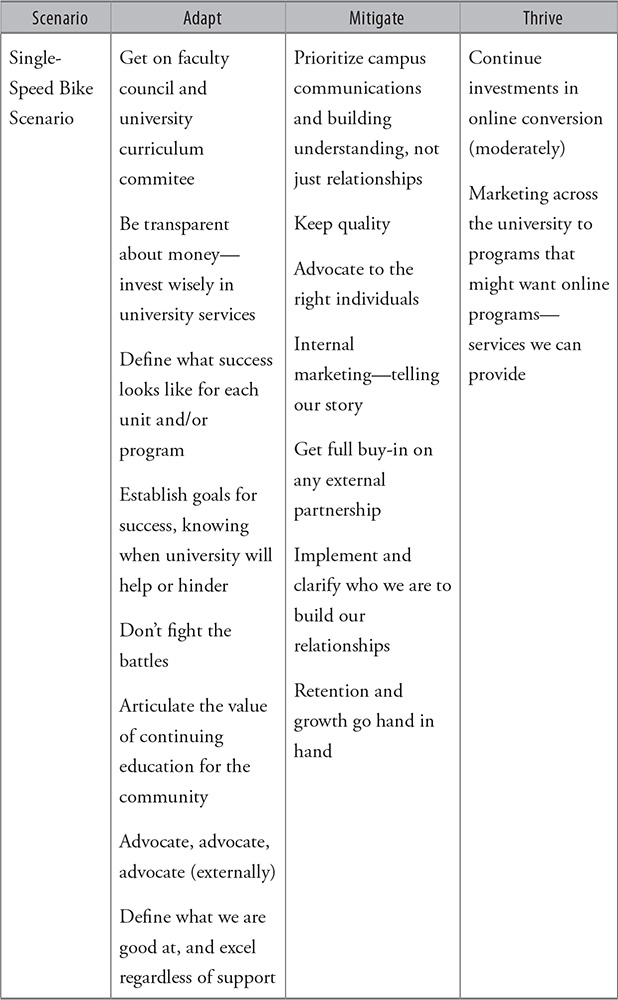

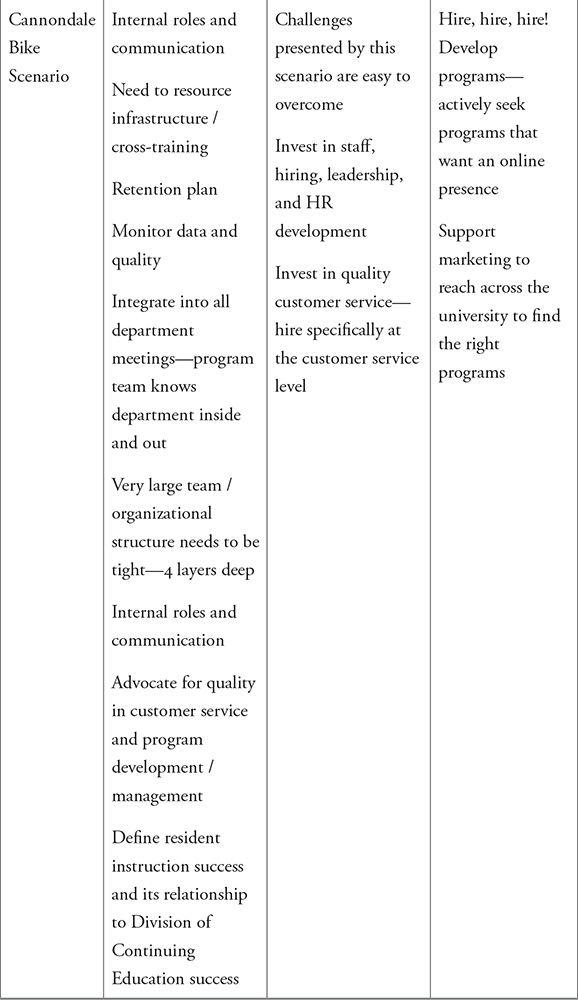

Figure 6.7. Online University’s Adapt, Mitigate, and Thrive Strategies
Products:
• Strategies for adapting to each scenario
• Strategies for mitigating the challenges in each scenario
• Strategies for thriving in each scenario
• Strategies for adapting, mitigating, and thriving that are common across the set of scenarios
Summary
The exercises described in this chapter are generally qualitative in nature, meaning that they are intended to begin the process of using scenarios. These are first steps in using scenarios. They are simple exercises and do not require specific performance measures or financial estimates, and they can be completed in a short amount of time. While they are simple, when thinking about cases in which the scenarios are not used at all, or there is no specific guidance on what to do with them, these exercises can be powerful.
These approaches are most useful when there is not a specific direction, decision, or set of options already defined. The outputs of these exercises are usually bulleted lists of ideas that could be useful in further integrating scenarios and strategy, and they are focused on using scenarios to learn and make sense of the external environment (Chermack, 2017; van der Heijden, 2005; Wack, 1985b). The outputs of all these exercises can be taken further into the processes, tools, and guidance in the chapters that follow. Chapter 7 will show you how to use these outputs to build a strategic plan and test it.
